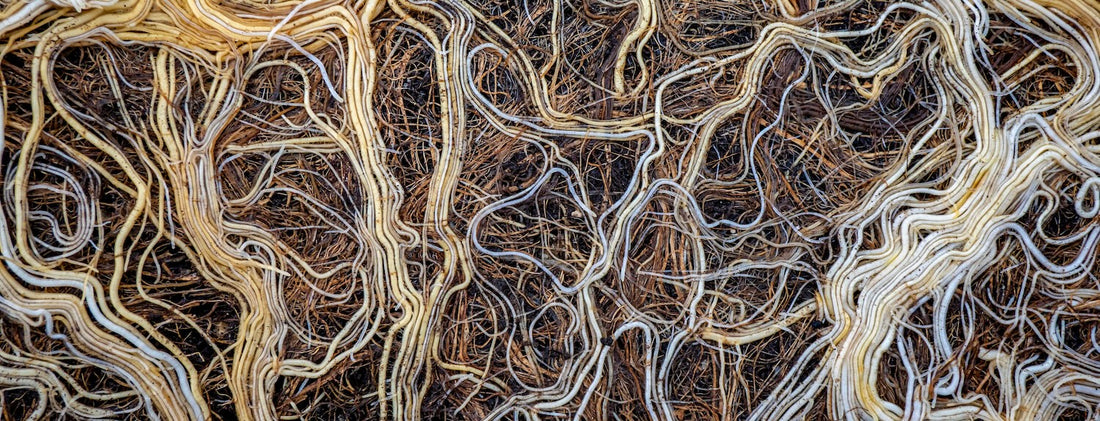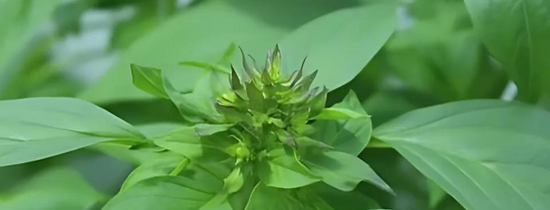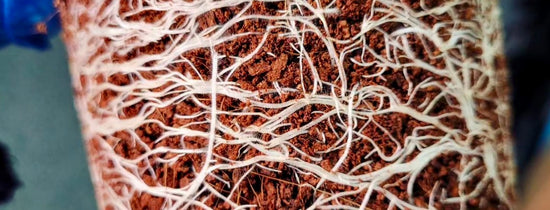Over the 7 years of trading at A-Grade Hydroponics, we've always loved and recommended HY-GEN's Humiboosta, making it our favourite product that works in almost all applications in conjunction with both hydroponics and organic environments. HY-GEN's Humiboosta is formulated using a blend of humic and fulvic acids to improve nutrient solubility, helping enable maximum nutrient availability.
Humiboosta also is a great source of additional magnesium, calcium and trace elements, helping support your plants with the micro elements that are essential for healthy development.
While there is many other humic/fulvic acid products on the market, this product stands out to us because of its versatility. Many other humic products are often paired with higher NPK ratios or specifically designed to work within a nutrient brand's formula that cannot be easily used in combination with off-brand products. This is what makes HY-GEN's Humiboosta shine, it can be paired with any other brand of nutrients, hydroponic or organic, and still produce excellent results.
Humic Acids - Why are they important?
Humic acids contain high amounts of carbon which directly feeds microbes, in turn improving the ecology of grow medium.
Humic acids benefit gardeners as they act as a natural chelator of other elements.
“Chelate” allows complex molecules to bind to other ions.
Molecules of humic acids are negatively charged because they have lost positively charged hydrogen ions, this creates spaces on the molecules where positively charged particles, zinc, iron, copper & manganese can attach. The roots systems of plants are also negatively charged but have a much greater charge than humic acids do, as a result the humic acid compound is drawn to the root, positively charged ions then leave the humic acid molecule in favour of the root. The plant in turn can now use these micro elements for growth and reproduction.
Positively charged ions are referred to as cat-ions, is the measurement of a substrates ability to hold onto these cations, this process is called cation exchange capacity (CEC), mineral composition of soils is made up of various combinations of sand, silt & clay. Clay particles have a strong negative charge, soils comprised with large amounts of clay have a high CEC, which reduces leaching of the positively charged cations. Sandy soils have a low CEC meaning some elements are more easily flushed through the roots zone, because of humic acids ability to chelate cations, humic acids may have the ability to raise the CEC of soils and other substrates, allowing more readily available elements available to the plant, in turn making fertiliser applications more efficient, for this reason it is advised that you incorporate humic acids into your fertiliser regime.
References: Ecofarm, Omnia Nutrition, Down to Earth Facts







